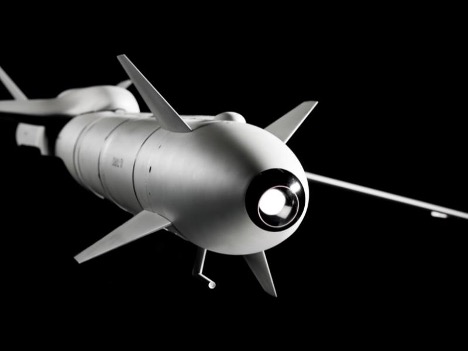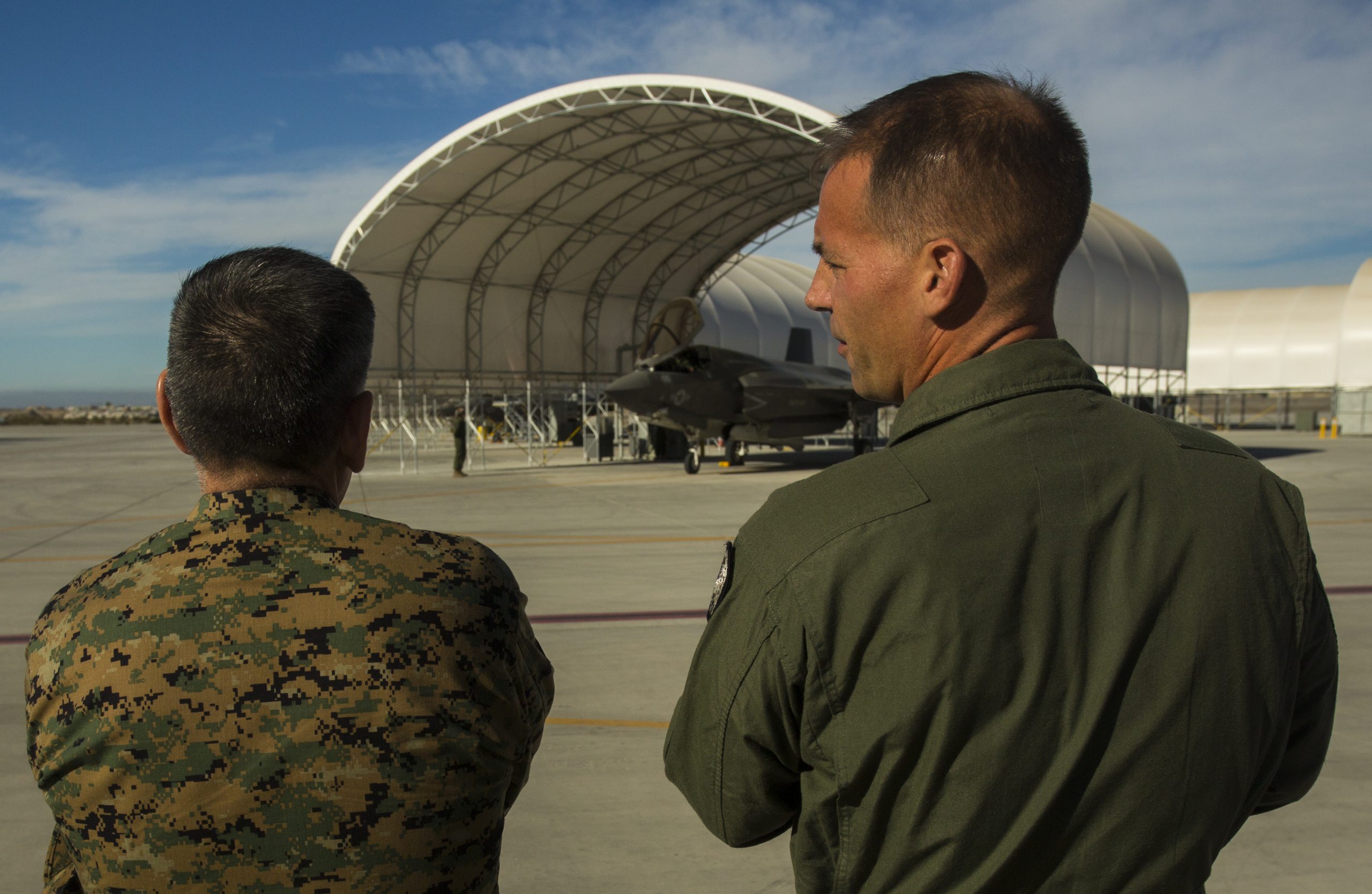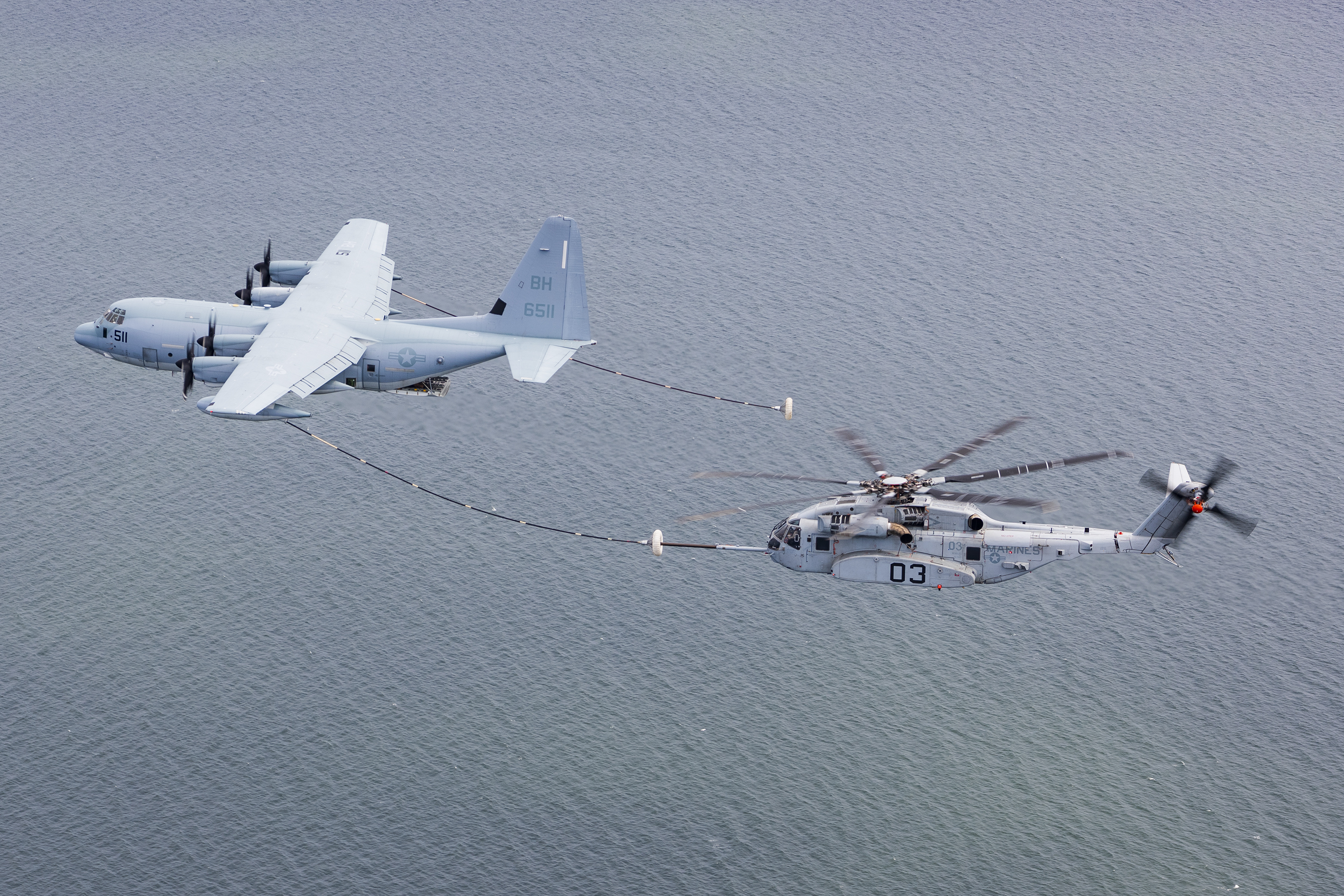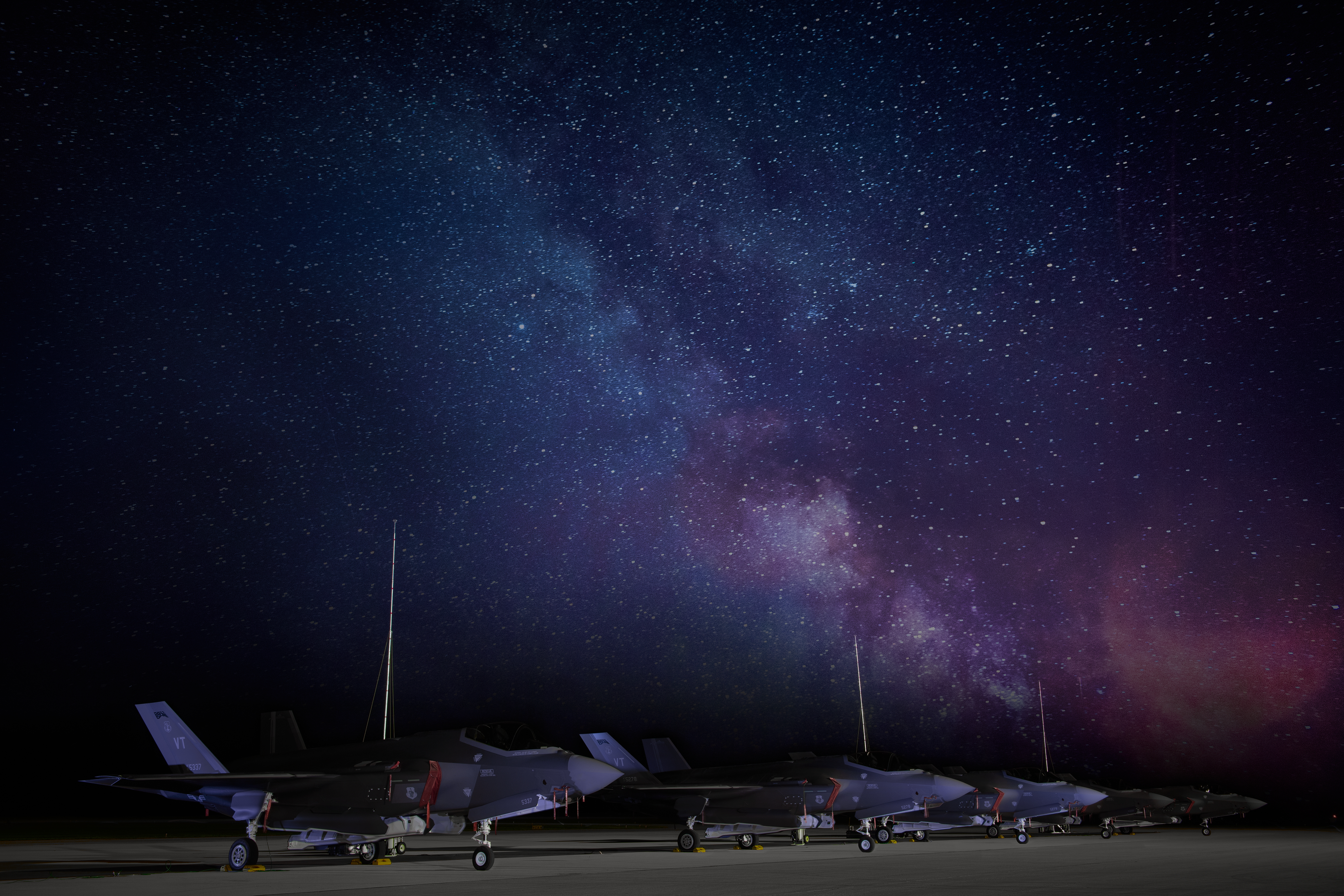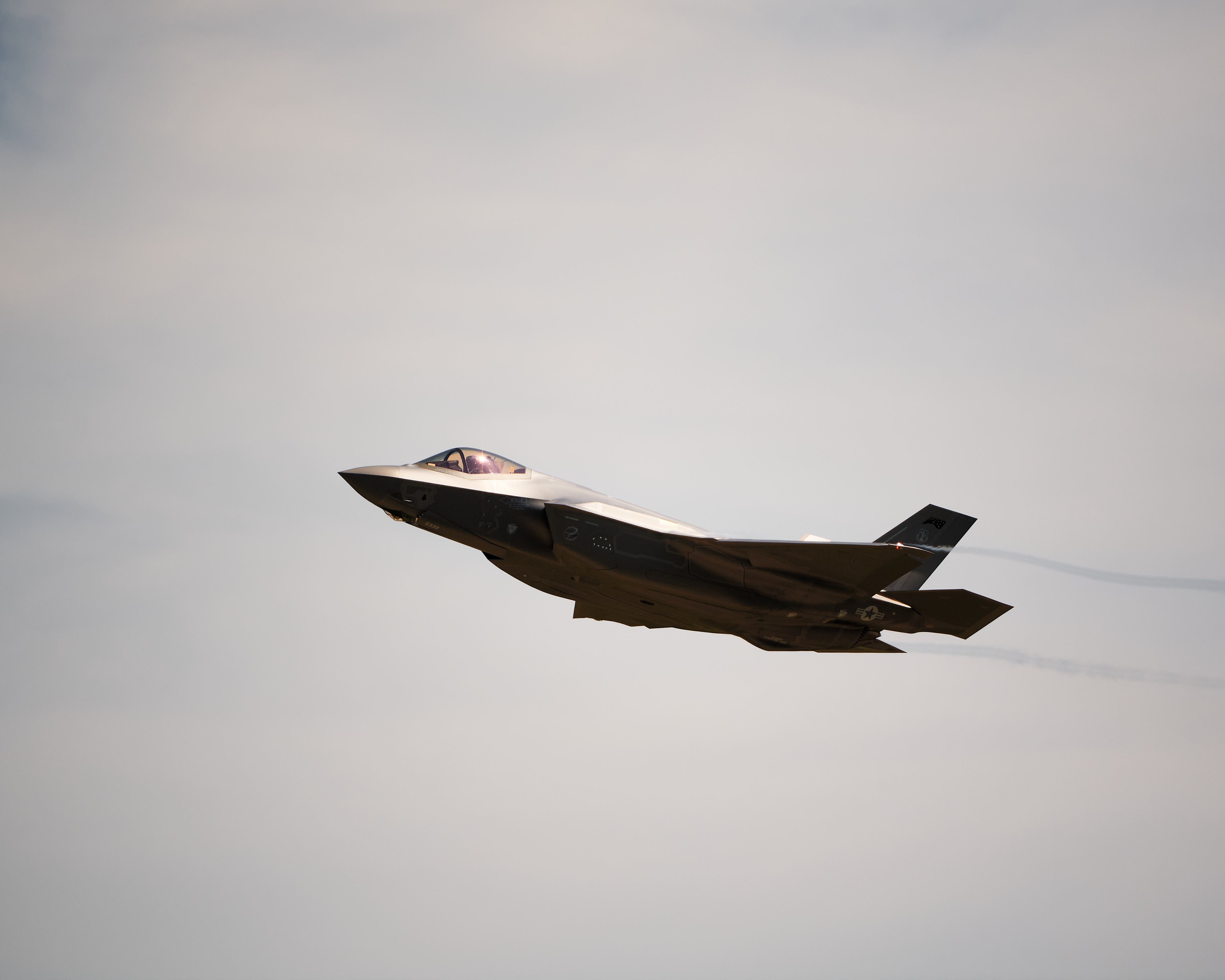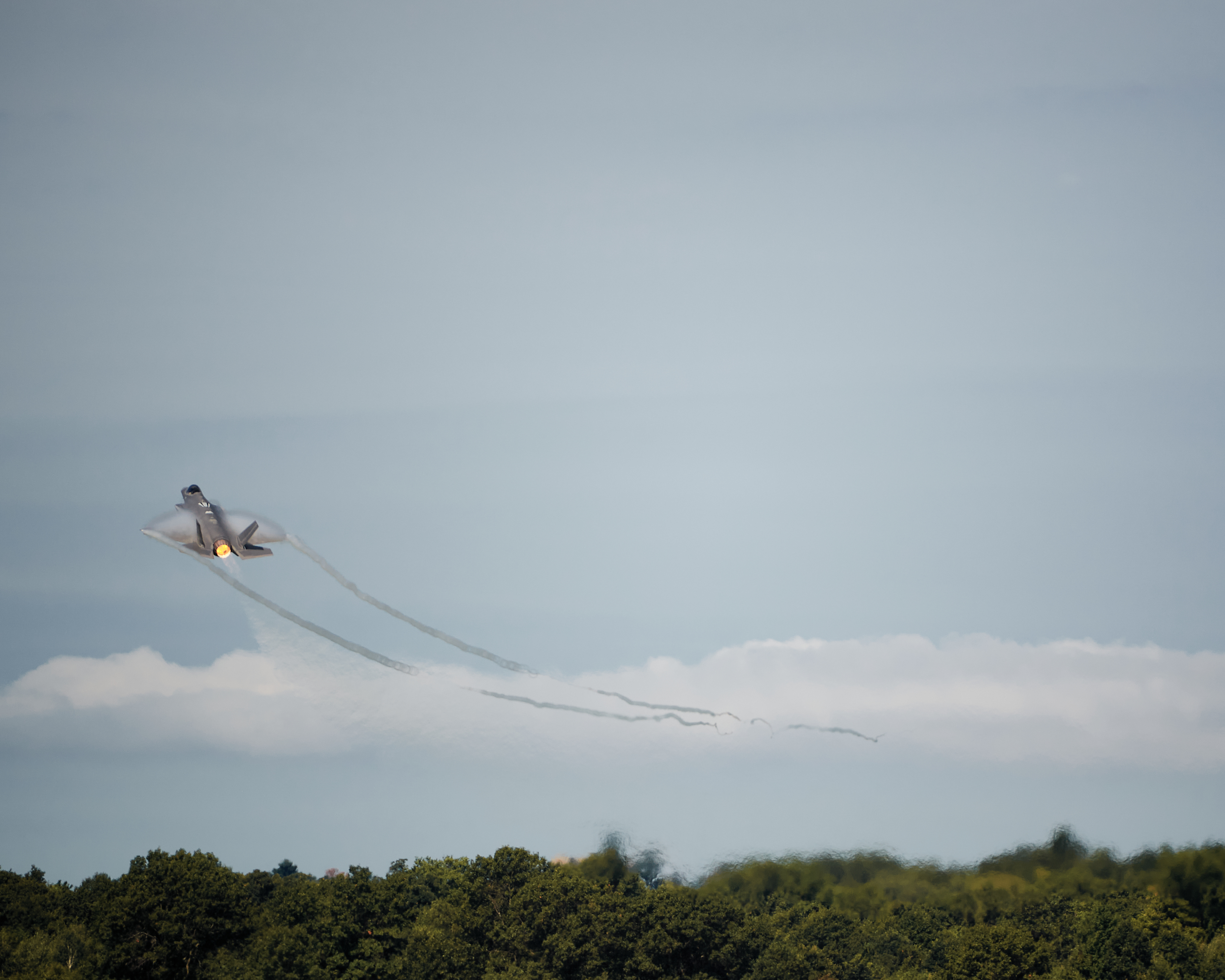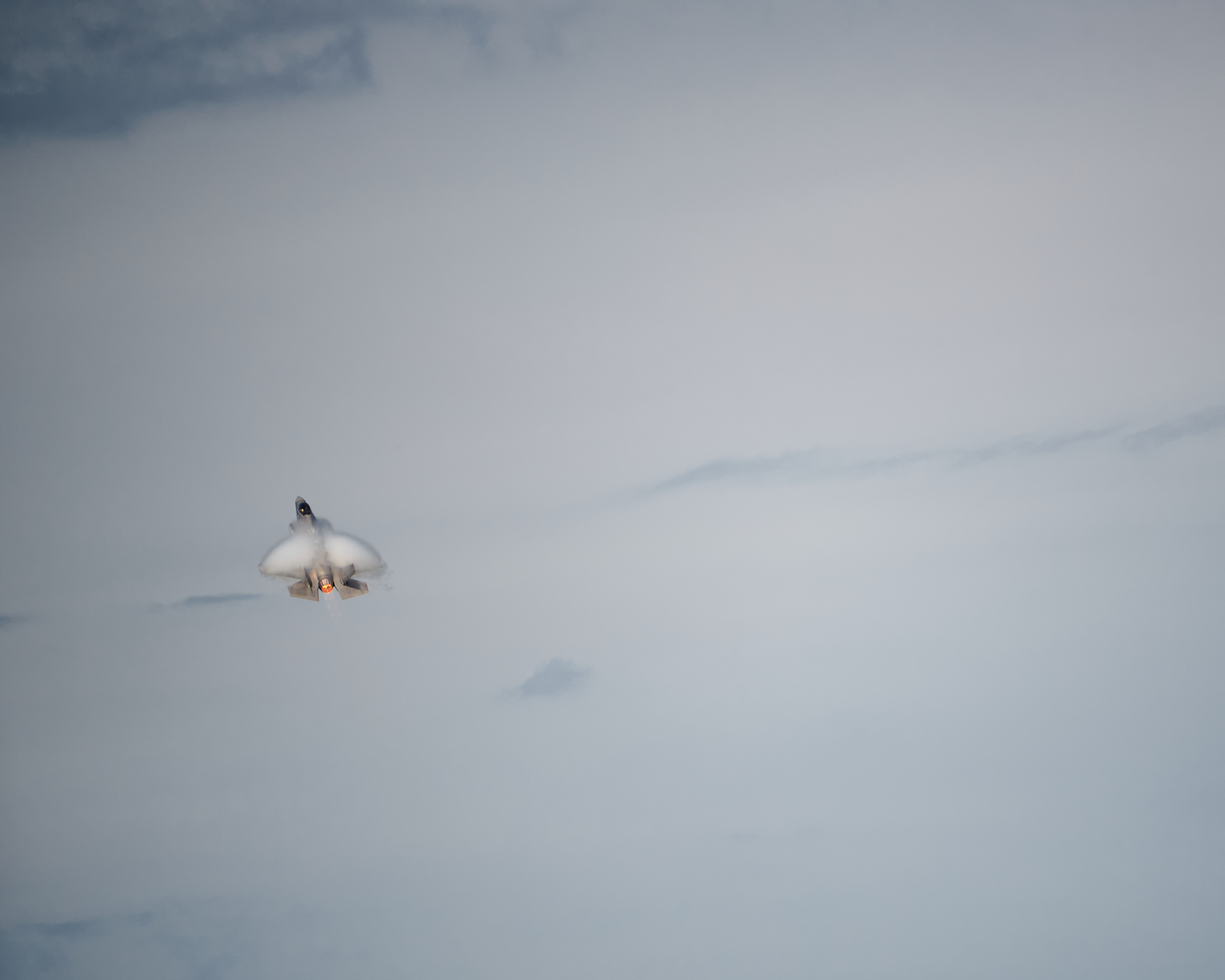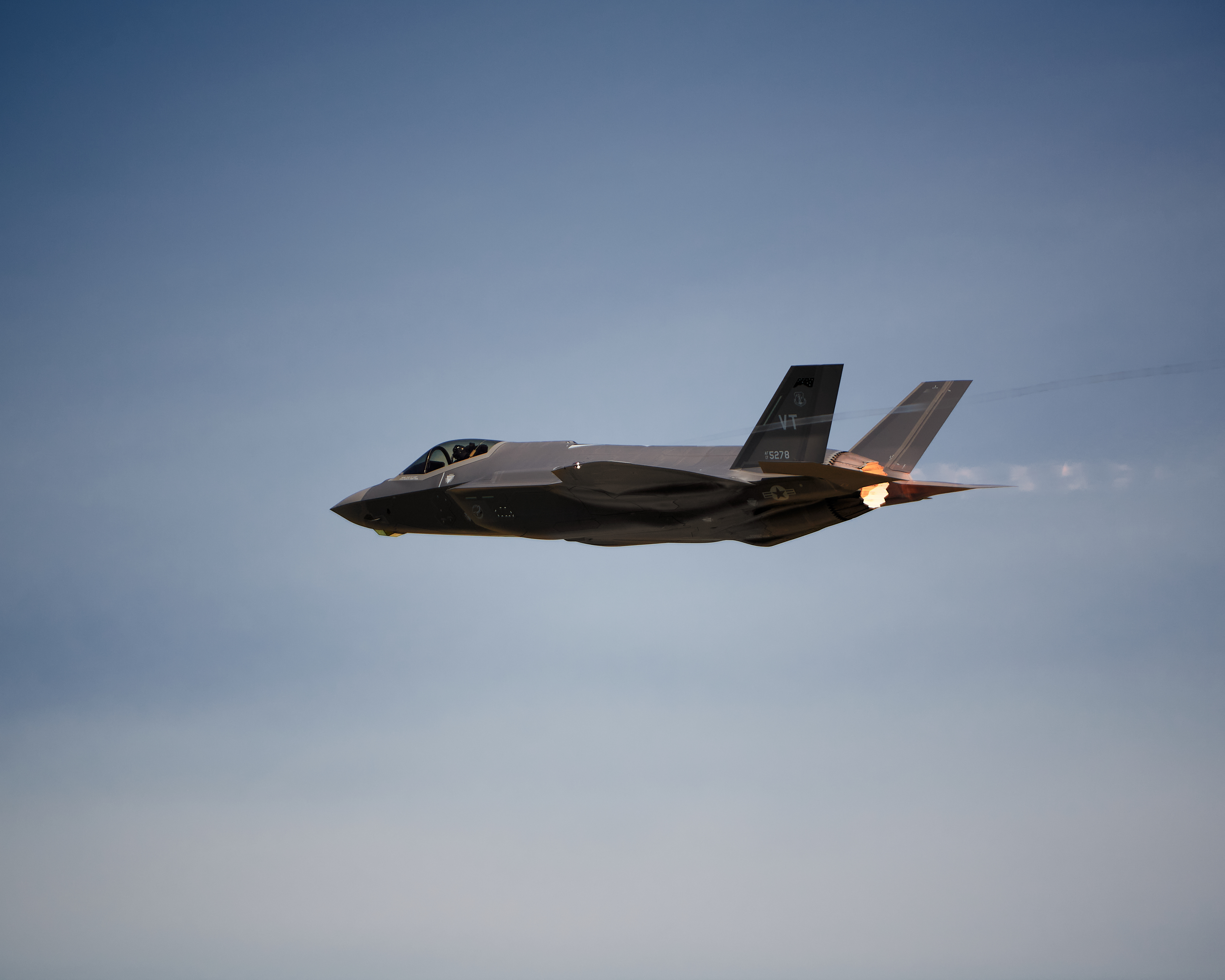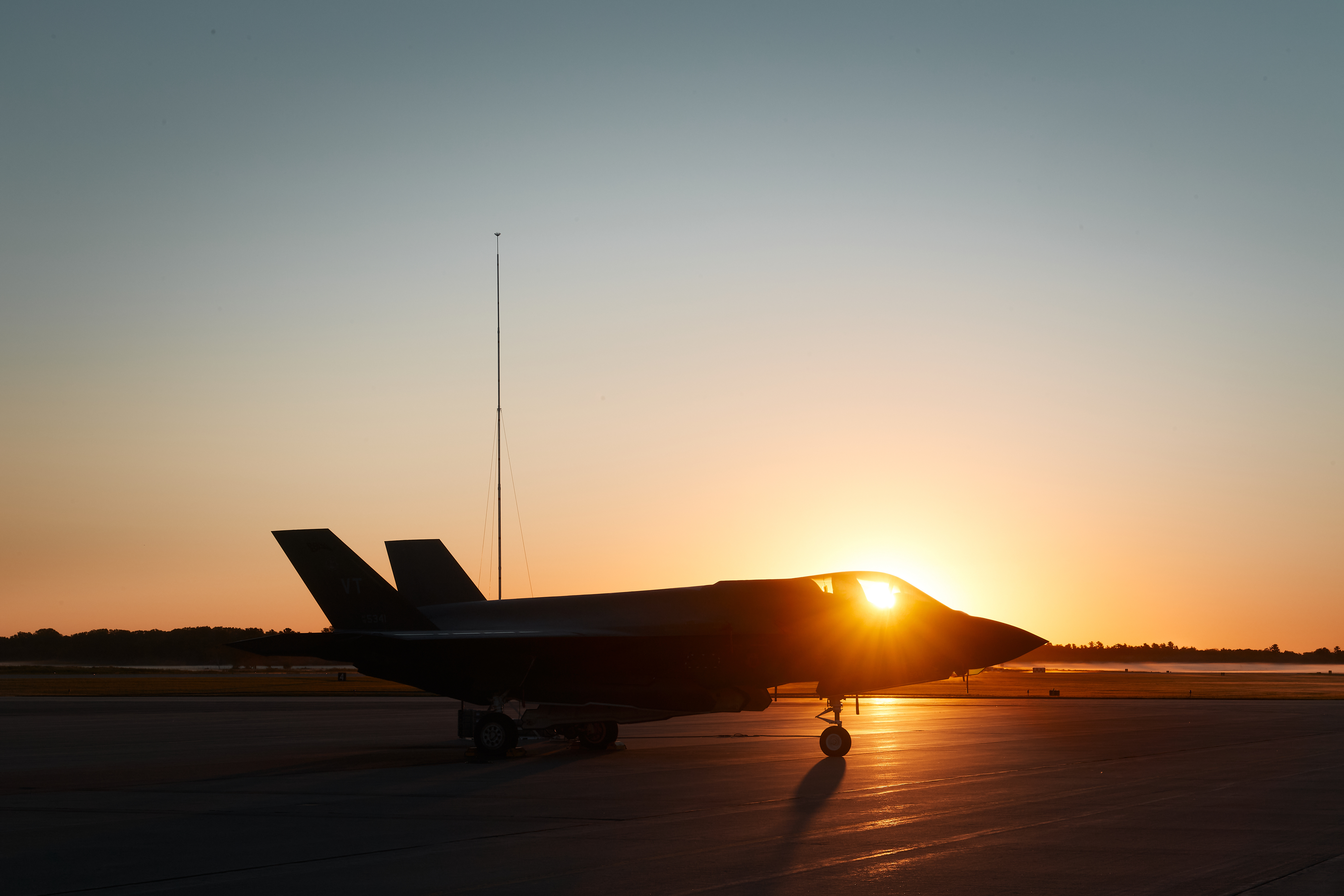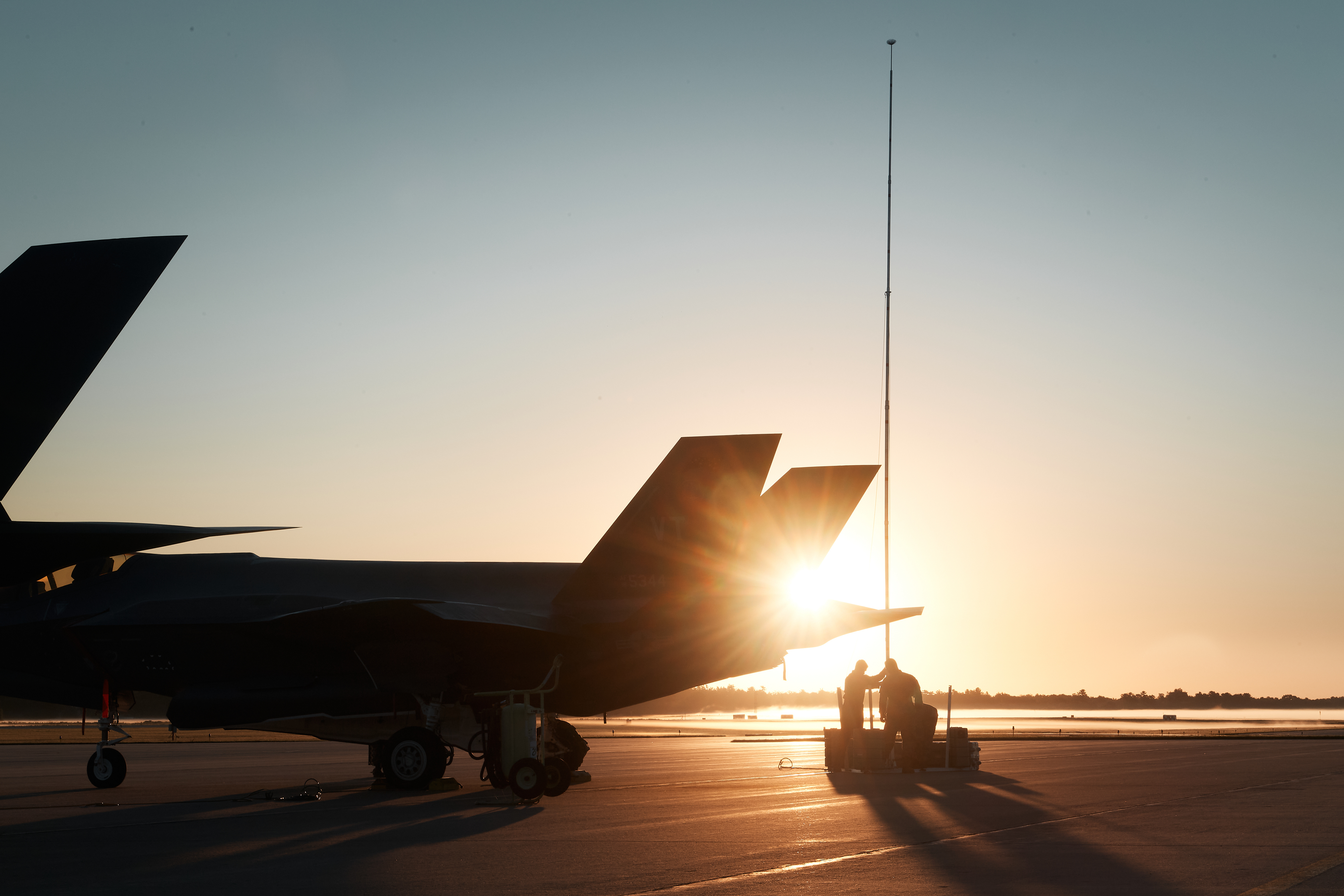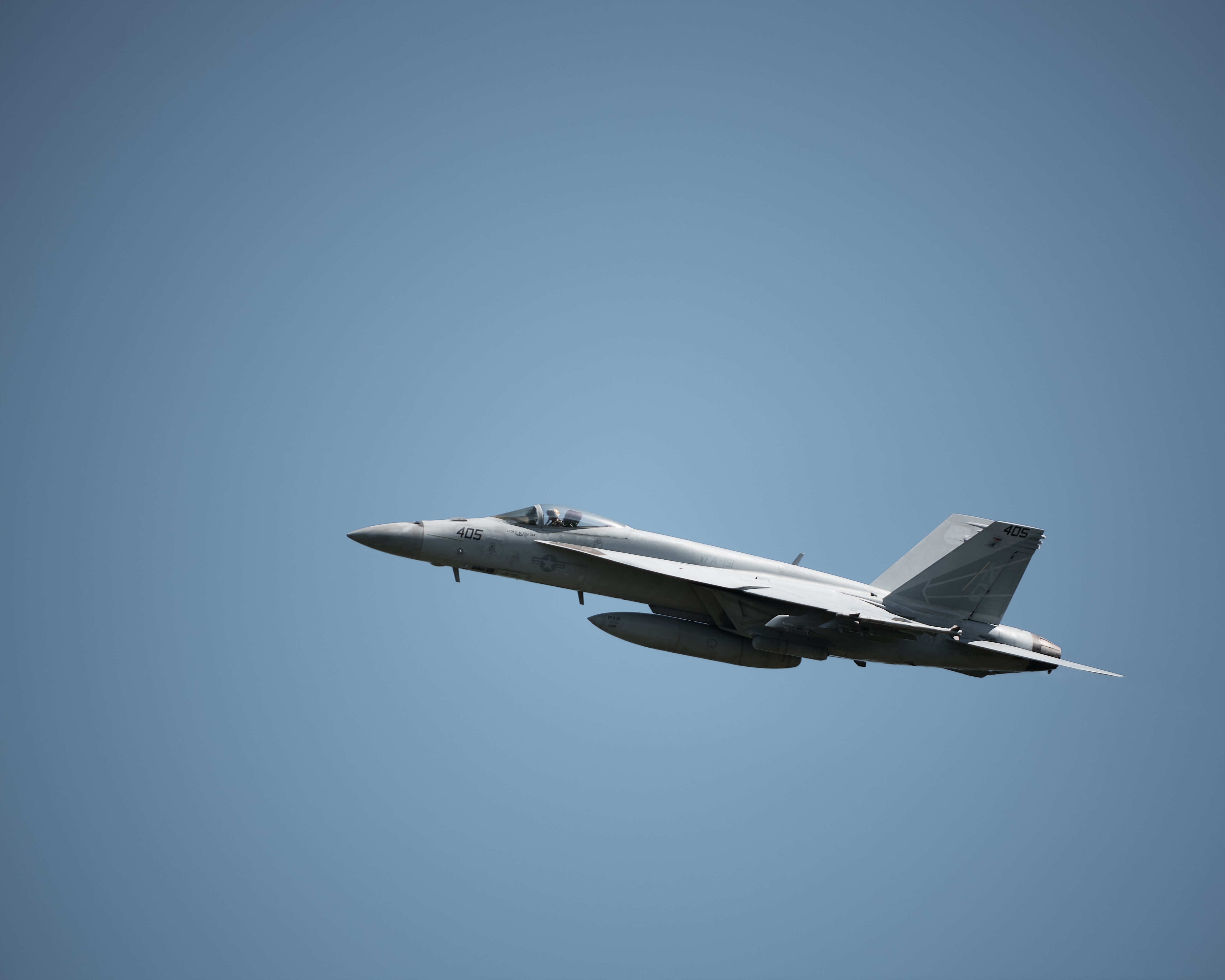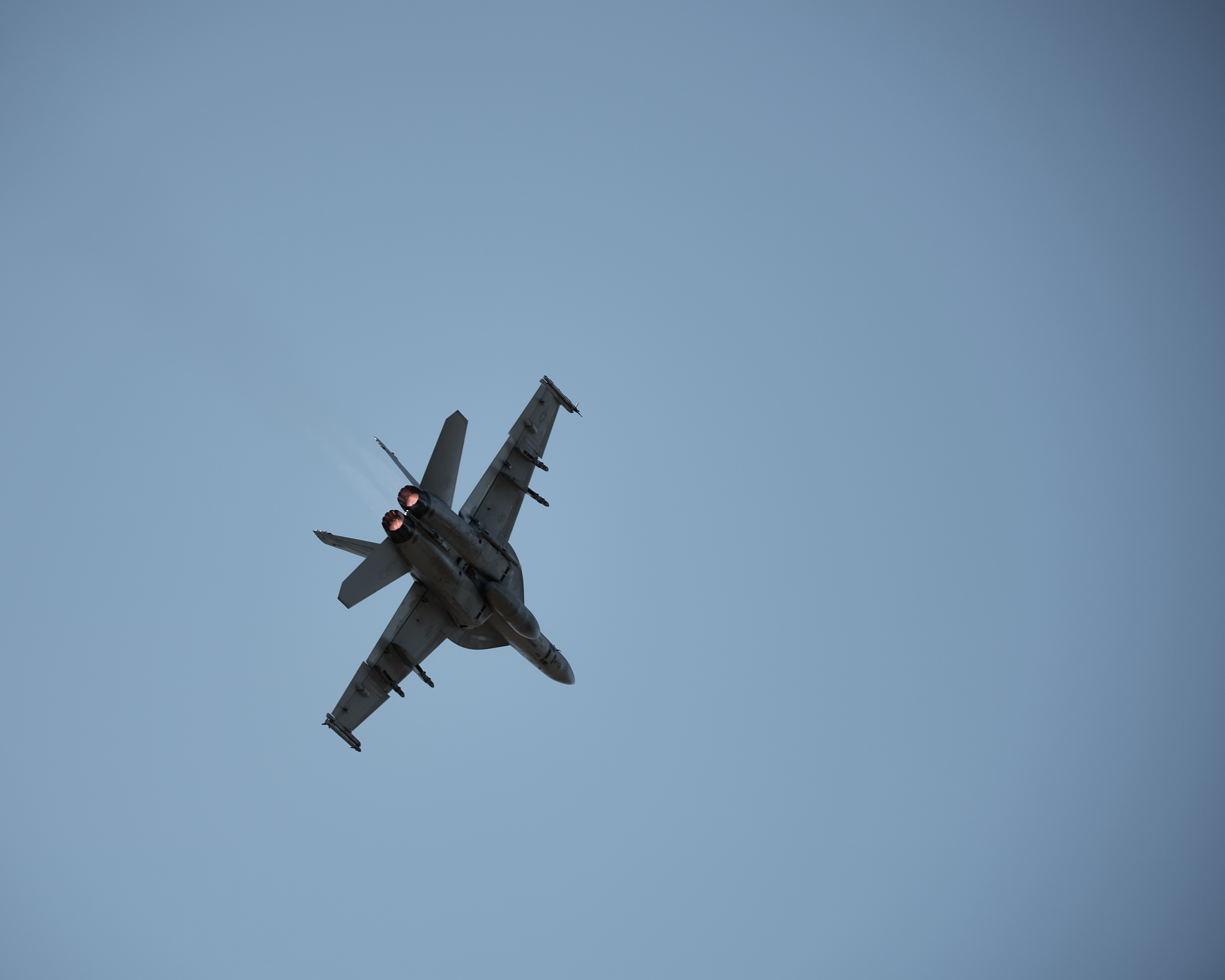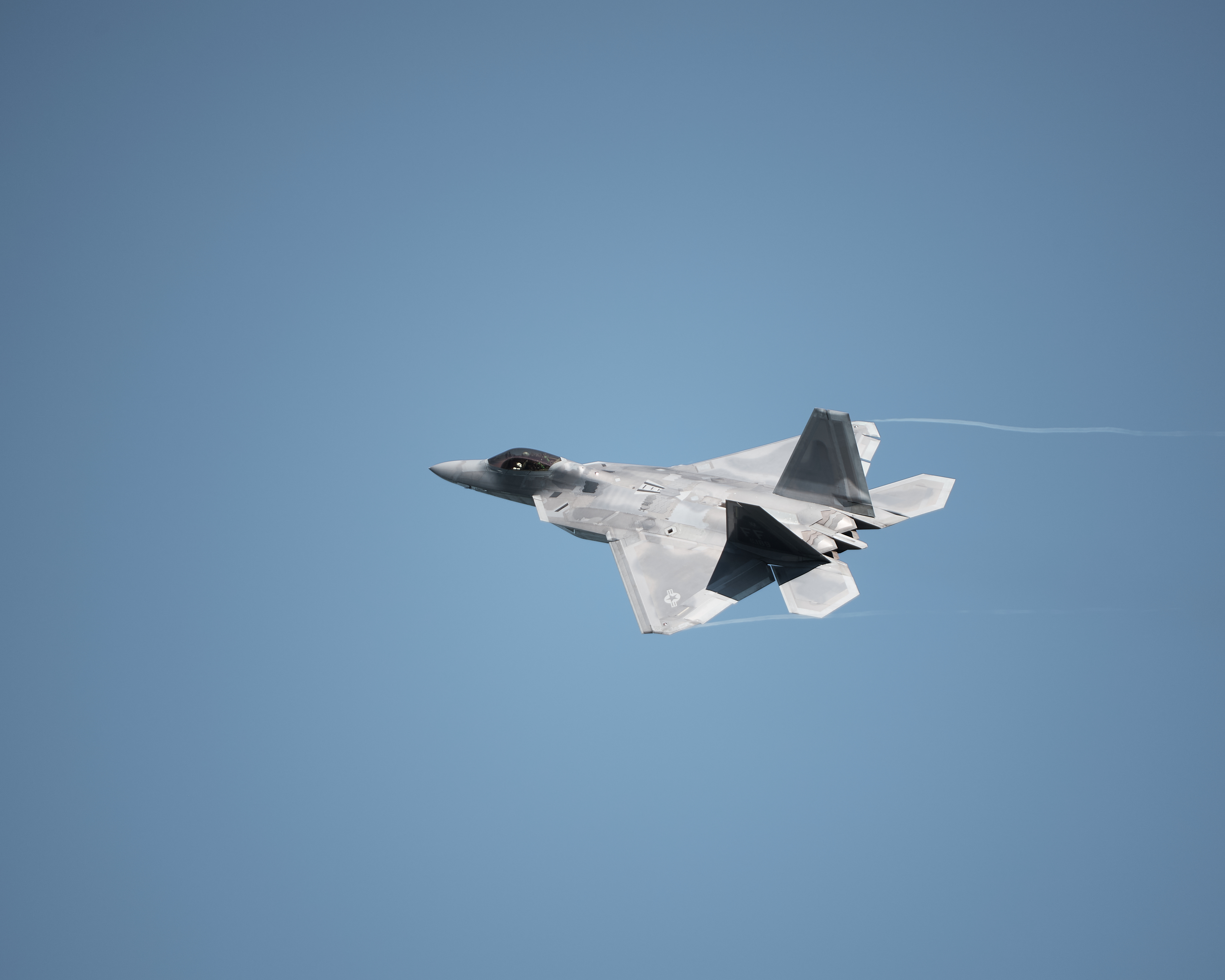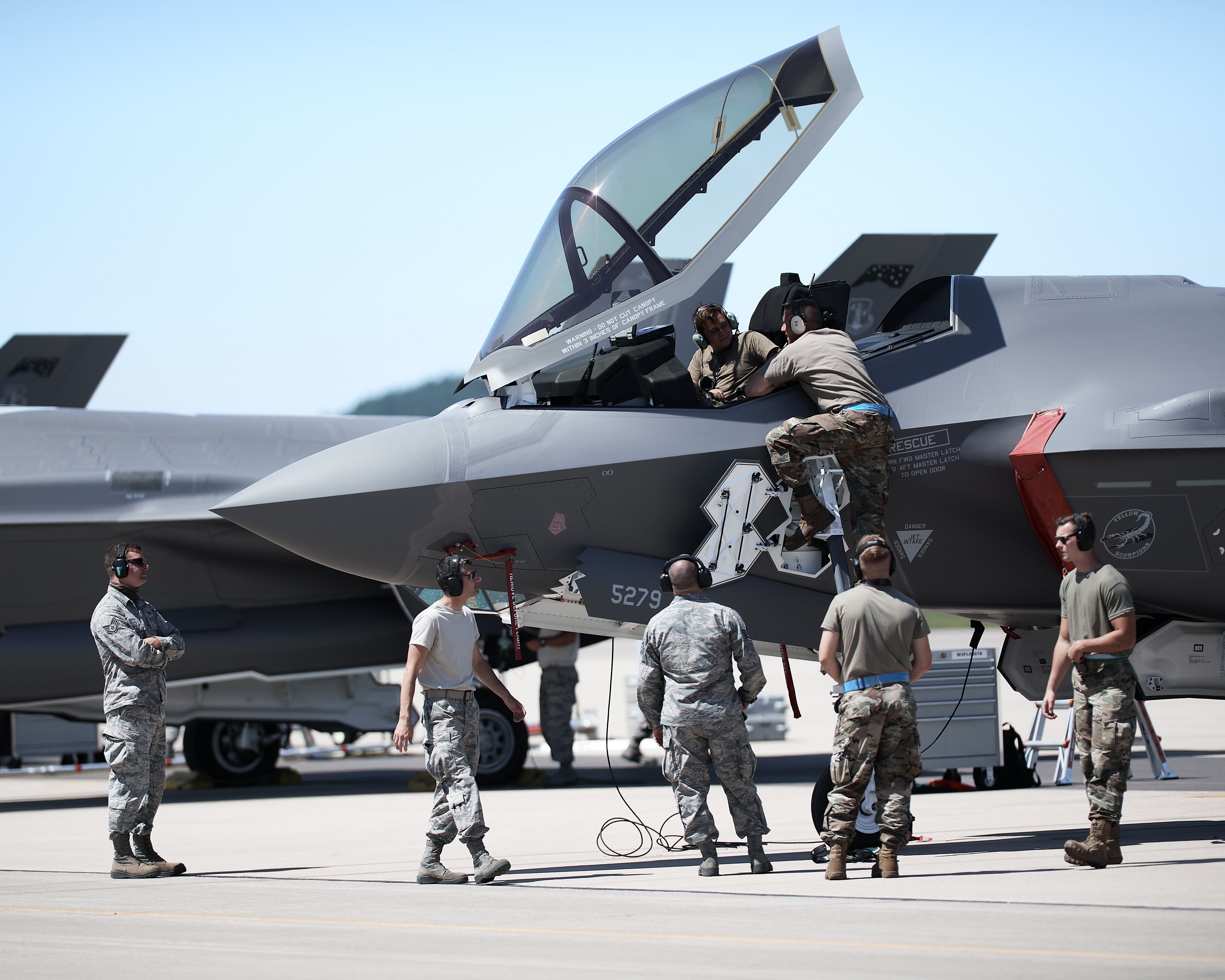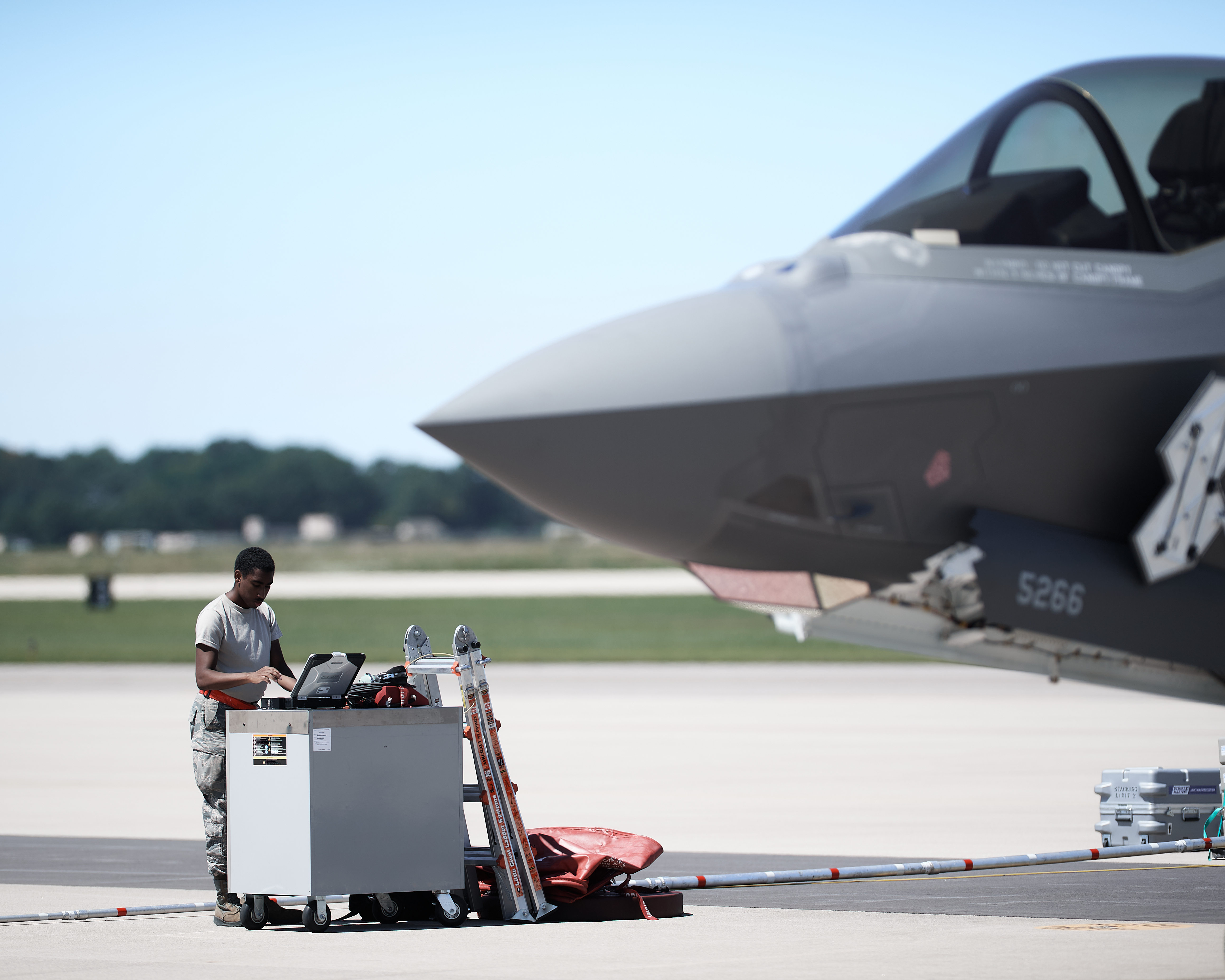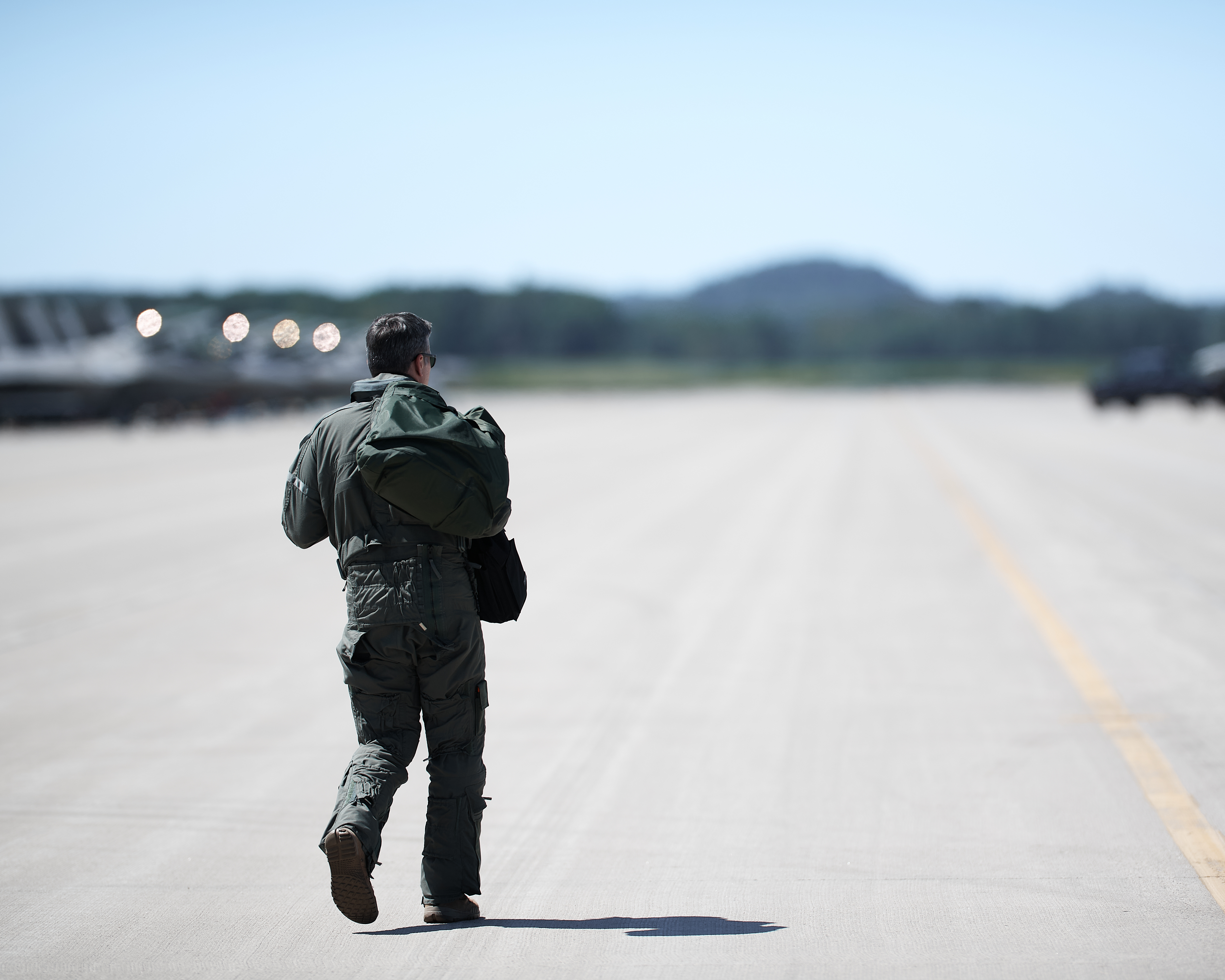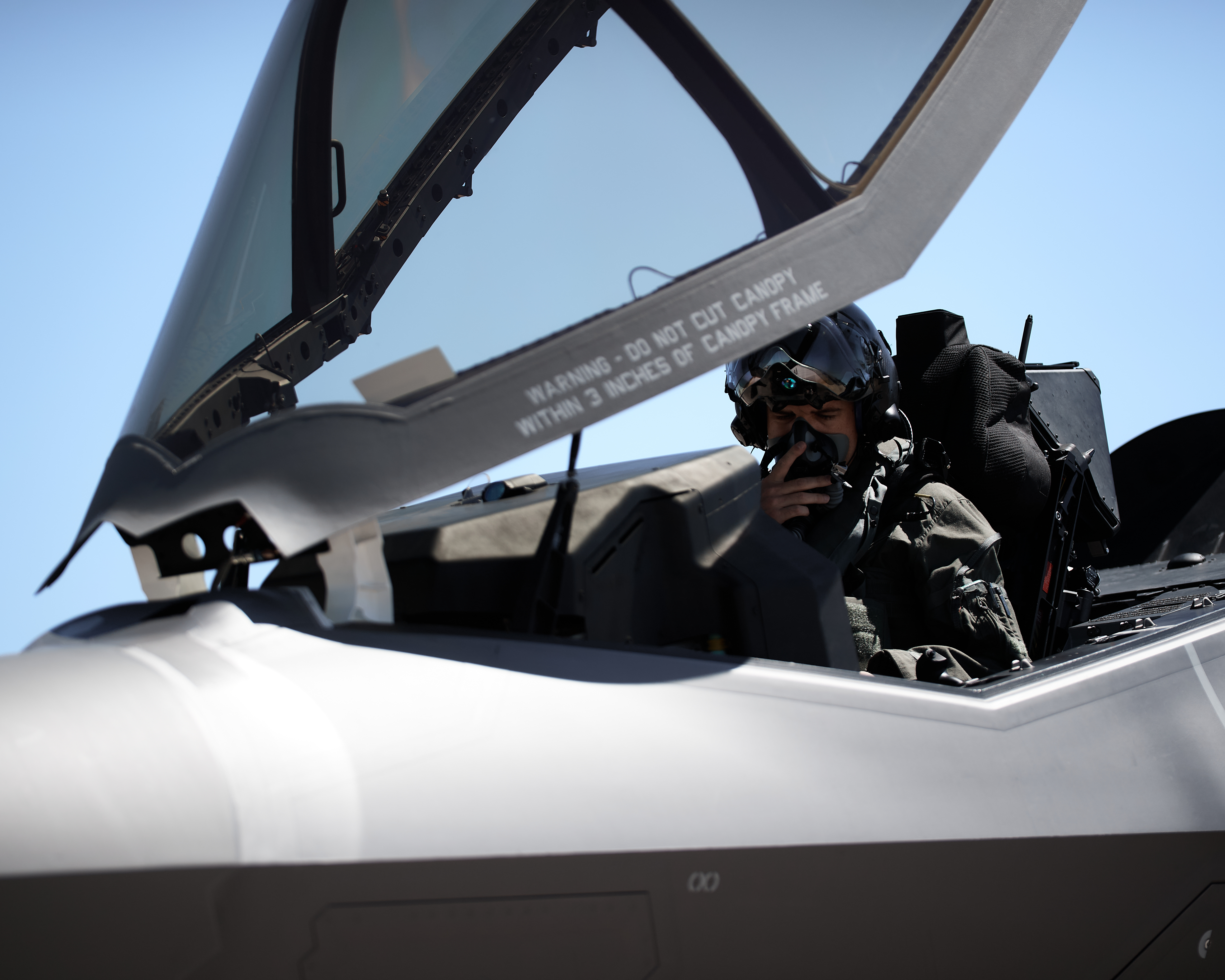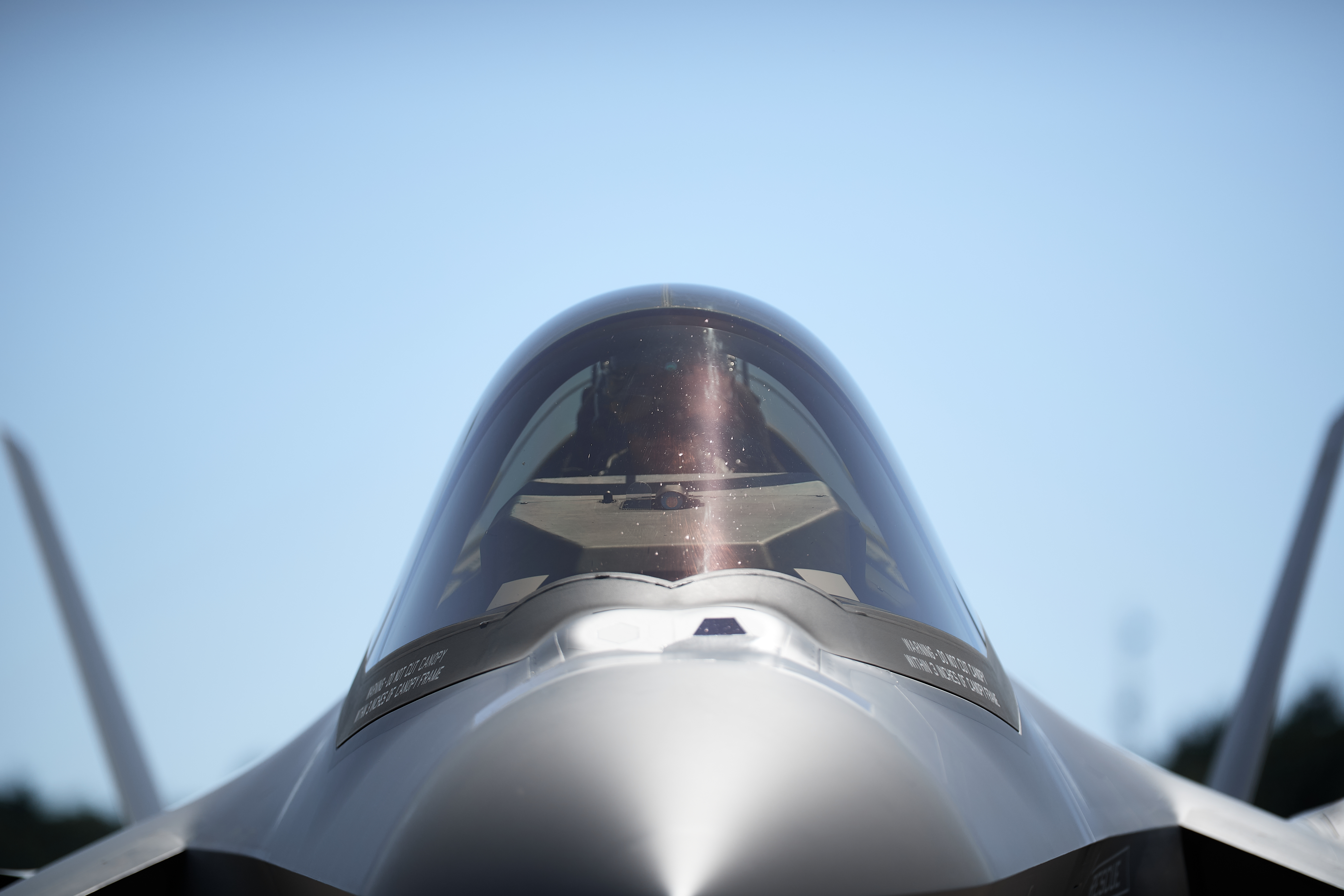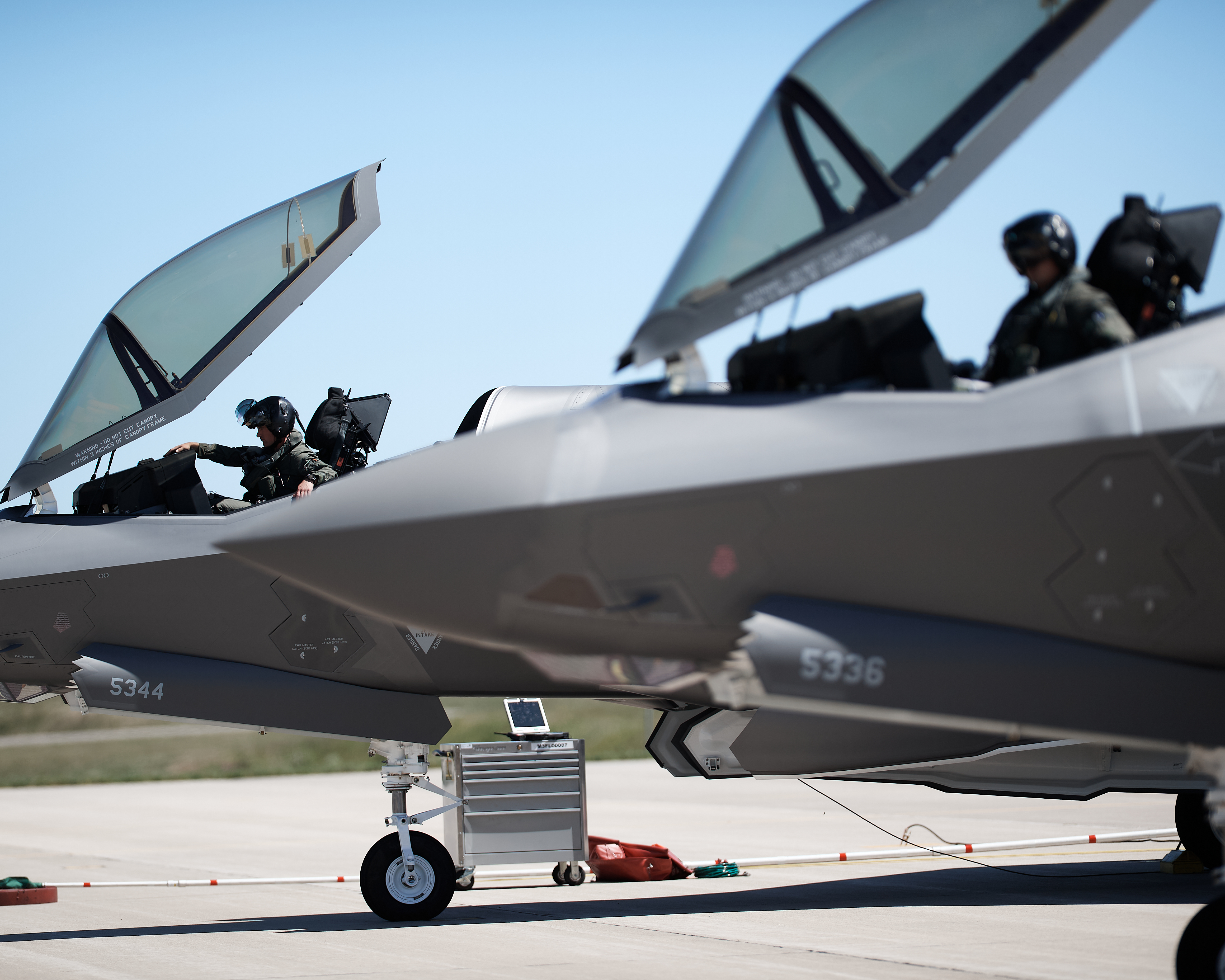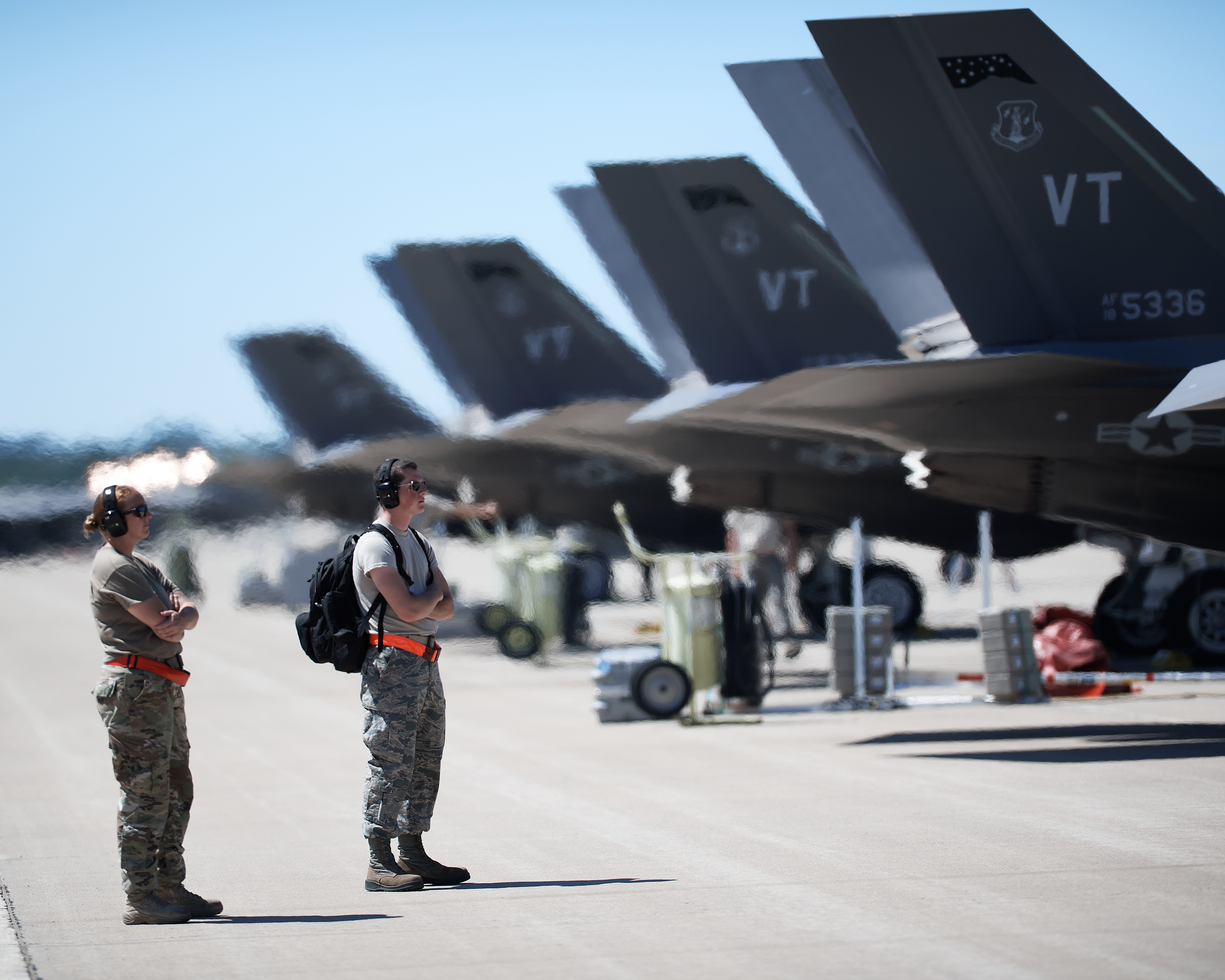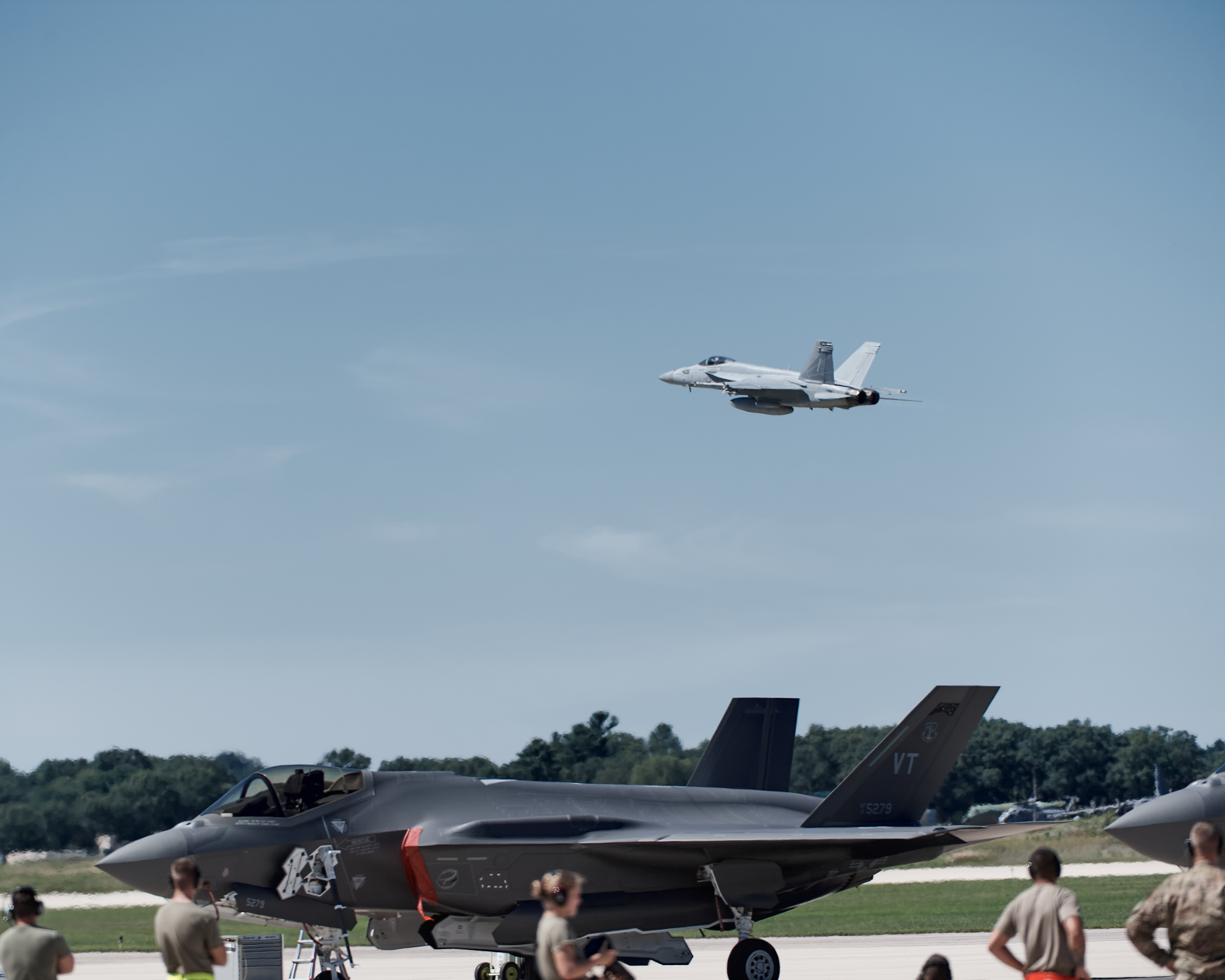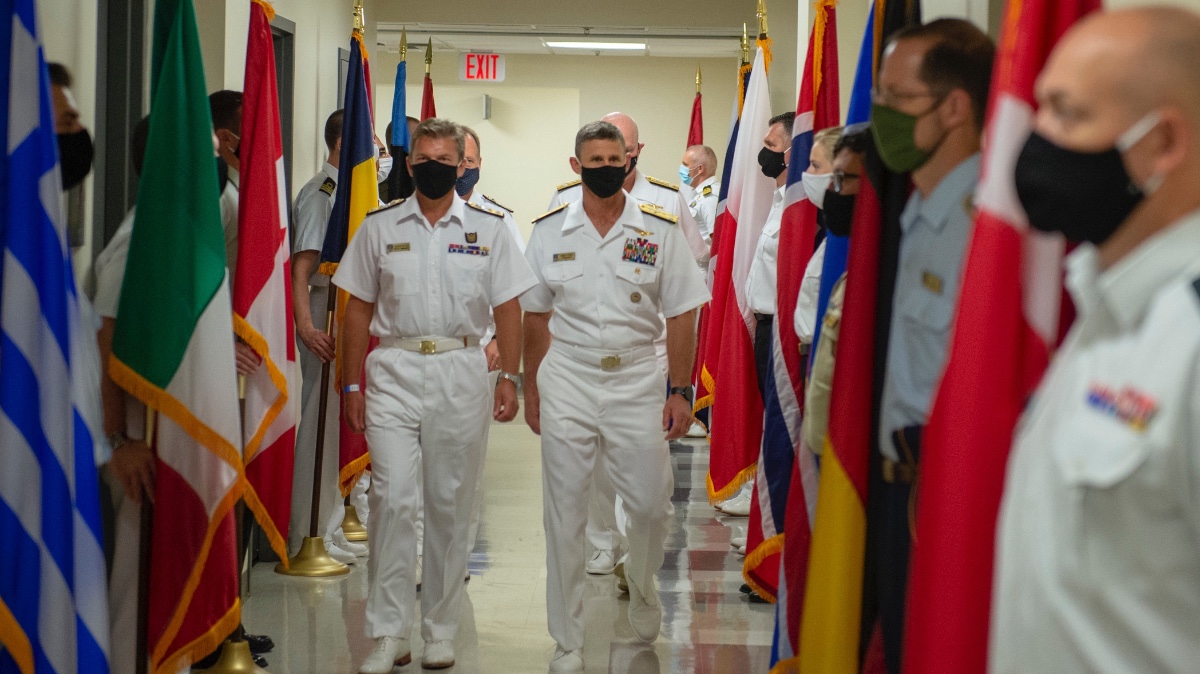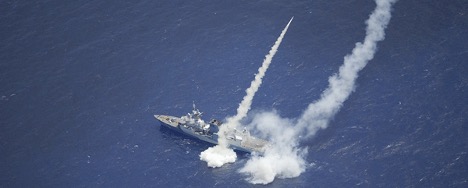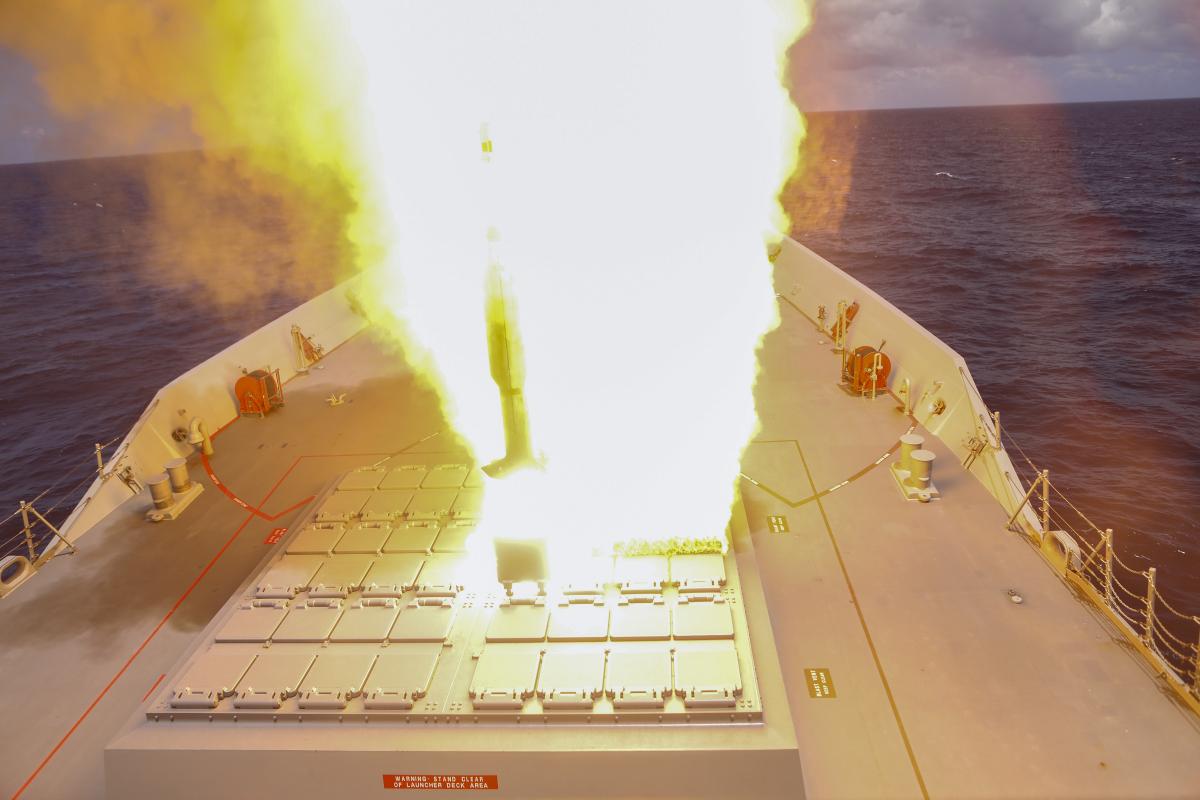By Robbin Laird
Prior to my visit in early September 2020, I conducted a series of teleconferences with MAWTS-1 officers in the late Spring and early Summer. The focus of those discussions was upon mobile and expeditionary basing and how the training for this key capability was being shaped going forward for the Marines.
During this visit, I had a chance to engage with a number of MAWTS-1 officers and with the CO of MAWTS-1, Colonel Gillette with regard to the focus and training with regard to the USMC’s emphasis on their contribution to naval warfare.
Question: “How is the Marine Corps going to contribute most effectively to the Pacific mission in terms of Sea Control and Sea Denial? And how to best contribute to the defensive and offensive operations affecting the SLOCs?
And I think both questions highlight the challenge of shaping a force with enough flexibility to have pieces on the chess board and to move them effectively to shape combat success.
Col. Gillette: “Working through how the USMC can contribute effectively to sea control and sea denial for the joint force is a key challenge. The way I see it, is the question of how to insert force in the Pacific where a key combat capability is to bring assets to bear on the Pacific chessboard. The long-precision weapons of adversaries are working to expand their reach and shape an opportunity to work multiple ways inside and outside those strike zones to shape the battlespace.
“What do we need to do in order to bring our assets inside the red rings, our adversaries are seeking to place on the Pacific chessboard?
“How do you bring your chess pieces onto the board in a way that ensures or minimizes both the risk to the force and enhances the probability of a positive outcome for the mission? How do you move assets on the chessboard inside those red rings which allows us to bring capabilities to bear on whatever end state we are trying to achieve?
“For the USMC, as the Commandant has highlighted, it is a question of how we can most effectively contribute to the air-maritime fight. For us, a core competence is mobile basing which clearly will play a key part in our contribution, whether projected from afloat or ashore.
“What assets need to be on the chess board at the start of any type of escalation? What assets need to be brought to bear and how do you bring them there? I think mobile basing is part of the discussion of how you bring those forces to bear.
“How do you bring forces afloat inside the red rings in a responsible way so that you can bring those pieces to the chess board or have them contribute to the overall crisis management objectives? How do we escalate and de-escalate force to support our political objectives?
“How do we, either from afloat or ashore, enable the joint Force to bring relevant assets to bear on the crisis and then once we establish that force presence, how do we manage it most effectively?
“How do we train to be able to do that?
“What integration in the training environment is required to be able to achieve such an outcome in an operational setting in a very timely manner?
Question: Ever since the revival of the Bold Alligator exercises, I have focused on how the amphibious fleet can shift form its greyhound bus role to shaping a task force capable of operating in terms of sea denial and sea control. With the new America-class ships in the fleet, this clearly is the case.
How do you view the revamping of the amphibious fleet in terms of providing new for the USMC and the US Navy to deliver sea control and sea denial?
Col. Gillette: “The traditional approach for the amphibious force is move force to an area of interest. Now we need to look at the entire maritime combat space, and ask how we can contribute to that combat space, and not simply move force from A to B.
“I think the first leap is to think of the amphibious task force, as you call it, to become a key as pieces on the chess board. As with any piece, they have strengths and weaknesses. Some of the weaknesses are clear, such as the need for a common operational picture, a command and control suite to where the assets that provide data feeds to a carrier strike group are also incorporated onto L-Class shipping. We’re working on those things right now, in order to bring the situational awareness of those types of ships up to speed with the rest of the Naval fleet.
Question: A key opportunity facing the force is to reimagine how to use the assets the force has now but working them in new innovative integratable ways or, in other words, rethinking how to use assets that we already have but differently.
How do you view this opportunity?
Col. Gillette: “We clearly need to focus on the critical gaps which are evident from working a more integrated force. I think that the first step is to reimagine what pieces can be moved around the board for functions that typically in the past haven’t been used in the new way.
“That’s number one. Number two, once you say, “Okay, well I have all these LHA/LHD class shipping and all the LPDs et cetera that go along with the traditional MEU-R, is there a ship that I need to either tether to that MEU-R to give it a critical capability that’s autonomous? Or do I just need to have a way to send data so that they have the same sensing of the environment that they’re operating in, using sensors already in the carrier strike group, national assets, Air Force assets et cetera?”
“In other words, the ship might not have to be tethered to a narrowly defined task force but you just need to be able to have the information that everybody else does so that you can make tactical or operational decisions to employ that ship to the max extent practical of its capabilities.
“There is a significant shift underway. The question we are now posing is: “What capability do I need and can I get it from a sister service that already has something that provides the weapons, the C2 or the ISR that I need?”
“I need to know how exploit information which benefits either my situational awareness, my offensive or defensive capability of my organic force. But you don’t necessarily need to own it in order to benefit from it.
“And I think that when we really start talking about integration, that’s probably one of the things that we could realize very quickly is that there are certain, assets and data streams that come from the Air Force or the Navy that make the USMC a more lethal and effective force, and vice versa.
“The key question becomes: “How do I get the most decisive information into an LHA/LHD? How do I get it into a marine unit so that they can benefit from that information and then act more efficiently or lethally when required?”
Question: We first met when you were at Eglin where you were working the F-35 warfare system into the USMC. Now that the F-35s are becoming a fact of life for both the US services and the allies in the Pacific, how can we best leverage that integratable capability?
Col. Gillette: “The development is a significant one. It is not only a question of interoperability among the F-35 fleet, it is the ability to have common logistical and support in the region with your allies, flying the same aircraft with the same parts. And the big opportunity comes with regard to the information point I made earlier. We are in the early stages of exploiting what the F-35 force can provide in terms of information dominance in the Pacific, but the foundation has been laid.
“And when we highlight the F-35 as the 21st century version of what the World War II Navy called the big blue blanket with the redundancy and the amount of information that could be utilized, it’s pretty astonishing if you think about it.
“The challenge is to work the best ways to sort through the information resident in the F-35 force and then how do you utilize it in an effective and efficient way for the joint force. But the foundation is clearly there.
Question: Clearly, the new focus on the maritime battle, requires a shift in USMC training. How are you approaching that challenge?
Col. Gillette: “So long as I’ve been in the Marine Corps and the way that it still currently is today, marine aviation exists to support the ground combat. That’s why we exist. The idea that we travel light and that the aviation element within the MAGTAF provides or helps to provide the ground combat element with a significant capability is our legacy.
“We are now taking that legacy and adapting it. We are taking the traditional combat engagement where you have battalions maneuvering and aviation supporting that ground element and we are moving it towards Sea Control, and Sea Denial missions.
“We are reimagining the potential of what the infantry does. That doesn’t mean that they do that exclusively because, although I think that our focus in the Marine Corps, as the Commandant said, is shifting towards the Pacific that doesn’t relegate or negate the requirement to be ready to respond to all of the other things that the Marine Corps does.
“It might be less of a focus, but I don’t think that that negates our requirement to deal with a variety of core missions.
“It’s a question of working the balance in the training continuum. What does an infantry battalion train to? Do they train to a more traditional battalion in the attack or in the defense and then how do I use my aviation assets to support either one of those types of operations?” As opposed to, “I might have to take an island, a piece of territory that we’re going to use a mobile base, secure it so that we can continue to push chess pieces forward in the Pacific, in the Sea Control, Sea Denial end-state.”
“Those are two very different kind of skill sets. If there’s one thing that the Marine Corps is very good at it’s being very versatile and being able to switch from one to the other on relatively short order. But in order to do that, you have to have a very dedicated and well thought out training continuum so that people can do both well, because if you say that you can do it the expectation is that you can do it well.
“We are shaping a new Marine Littoral Regiment, MLR, but we’re still in the nascent stages of defining what are the critical tasks that something like that needs to be able to do and then how you train to it.
“How do we create not only the definition of the skill sets that we need to train large formations to, but then what venues must we have to train?
“How to best combine simulated environments with real world training out on a range?
“We’re working through all that right now and it’ll be interesting to watch how that process unfolds,
“But it is definitely a mind shift to rethink the context in which our Ground Combat forces will conduct offensive of defensive operations, and specifically, what tasks they are expected to be capable of in this environment.”
“What we’ve done in the past is very well-defined and we have a very defined training continuum for those large formations. In this new role in the Pacific, that’s something that I think over the next few years we’ll get our arms around and we will learn from doing. As we start to field these formations out to the Pacific we’ll really start to figure out where are we good at training and where are gaps that we need to close and shape the venues and methods to fill those in those gaps.
“We’re constantly looking at new venues and new methods to start to do the things that we need to do with the new approach.
“For example, we are taking our TACAIR Community up to the Nellis range for large integrated strike missions. We do face-to-face planning with the Air Force and Navy so that our students can understand the capabilities and limitations of these different platforms. They rub elbows with the USAF and Navy operators and gain first-hand knowledge of the strengths and weaknesses of these different platforms.
“Then we fly them all back home and then the next night we go out with this huge armada of joint assets. And it’s, out of the assets that play on this, it’s probably 50% Marines and the other 50% are Growlers, Air Force platforms et cetera. And then we do a mass debrief.
“And this starts to chip away at the legacy perspective: “Okay, I’m a master of my machine.” They come to WTI and learn how to think an integrated manner. But more importantly, they get exposed and actually go out and do the integration with joint service assets to see the strengths and weaknesses so that they understand the planning considerations required for the joint fight against peer competitors and how to work beyond what their Marine Corps platform can do.
“Another example is when we do what we call our Offensive Anti-Air Warfare, OAAW Evolution. We fight peer versus peer against one another. We have real-time intelligent collects on what the other side is doing, so the plans change real-time, airborne and on the ground. There’s deception; there’s decoys. It’s pretty amazing to watch and oh, by the way, they get to use their weapons systems, their command and control systems to the fullest extent of their capabilities on both sides. This allows us to engage a thinking, breathing enemy who is well-trained and has all the latest and greatest systems, but they do that with assets that not are resident just to the Marine Corps.
“We operate with assets that come from the Department of Defense to show them the importance, on both sides, whether it’s the C3 with their surface-to-air missiles and their own red fighters or the blue fighters with both organic assets, as well as national assets.
“We are focused on operating, not just with the assets that you control, the ones that sit out on our flight line or sit in our command and control, but how these other things can contribute in the joint fight. And to shape effect methods to get the enabling information, digest it and then use it in near real-time.
“It’s pretty interesting to watch and the outcomes of this evolution are wildly different, based on the ability of the students to use these things that they’re not used to working with, incorporate them in real-time into their plan and then execute. Which I think, if you were to look at any high-end conflict or contingency where you have similarly matched forces in terms of training and gear. That will make the difference between somebody who is wildly successful or wildly unsuccessful, with your ability to direct and use those things real-time being a crucial delineator to combat success.
Question: How do you see the growth of simulation in this training approach?
Col. Gillette: “You can never just say, “I’m going to train only in a simulated environment.” The simulated environment is good for a number of reasons. One key contribution is your ability to connect simulators, pick whatever platform it is.
“We are working with the surface warfare elements of the USN to incorporate synthetic/real training. What that will enable us to do is, take live fly events with their simulator event and start to fuse those two worlds, the simulated world as well as the live fly. And this allows us to create, not only a complex, robust environment that has airplanes, real airplanes, synthetic airplanes, synthetic ships, both good and bad, but then go out to try and then solve a problem in that environment.
“We’re just starting to put our big toe into this new environment, but what I think what we will find is that a surface warfare officer can learn how might a F-35 sense something that they would then prioritize high enough that they would want to shoot with one of their organic weapons.
“If I could I’d have every joint asset come to our WTI exercise, every class and integrate with our people. The reality is, due to real-world realties, these high-demand, low-density assets will not be free to come.
“However, if I could create a simulated environment where I could get reps from an F-35 perspective, from a Viper, it doesn’t matter what platform it is, but they get used to thinking about receiving and then executing off the information that would come from one of those high-demand, low-density assets. I think what it will do is make our ability to then plug and play in a future contingency.
“Another piece of the puzzle is to determine: how do we go from the simulator to a blending of live event with some amount of simulation mixed in there to create the contested environment?
“And a lot of people define what is a contested environment differently, but what you’ll be able to do is to create an environment which you actually go fly in, from Marine Aviation’s perspective, against a threat that’s both real and simulated.
“We will shape a blended training environment as opposed to, “I do simulators and then I try to replicate it as best I can out on the range with real things.” There’ll be requirements to have real things out on the range but there will be a blending, which, from the operator’s perspective, it will be no different than a completely live environment.
Col. Steve E. Gillette
Colonel Gillette attended the University of Nebraska and graduated with a Bachelor’s of Science degree in Economics, in May 1996.
Colonel Gillette attended The Basic School (TBS) in November 1996. Upon completion of TBS in May 1997, he underwent Naval aviation training in Pensacola, Florida and Kingsville, Texas, and was designated a Naval Aviator in May 1999. Colonel Gillette was assigned to Marine Fighter Attack Training Squadron (VMFAT) 101 aboard Marine Corps Air Station Miramar in San Diego, California for F/A-18 fleet replacement training.
In September 2000, Captain Gillette reported to Marine Fighter Attack Squadron (VMFA) 232 as an F/A-18 pilot. During this three-year tour with the “Red Devils,” he deployed in support of the Unit Deployment Program and in support of Operation Iraqi Freedom. He served as a Schedules Officer, Flight Officer, and Assistant Maintenance Officer.
In August 2003, Captain Gillette reported to the Expeditionary Warfare School aboard Marine Corps Base Quantico, Virginia.
In June 2004, Captain Gillette was assigned to Marine All-Weather Fighter Attack Squadron 242 serving as the Pilot Training Officer. He deployed to Al Asad Airbase, Iraq in support of Operation Iraqi Freedom. After returning from deployment, Captain Gillette attended the Weapons and Tactics Instructor (WTI) course, and in July 2005, attended the Naval Fighter Weapons School (TOPGUN).
In July 2006, Major Gillette reported to Marine Aviation Weapons and Tactics Squadron One to serve as an F/A-18 instructor. During this tour, he held the billets of Assistant Operations Officer and F/A-18 Division Head.
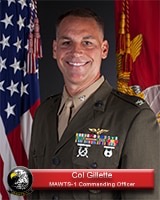
Major Gillette was selected to attend Marine Corps Command and Staff College located in Quantico, Virginia. He earned a Master’s Degree in National Security and Strategic Studies, and was a distinguished graduate.
In July 2010, Major Gillette joined VMFAT-501 aboard Eglin Air Force Base, Florida. While assigned to the “Warlords,” he served as the Executive Officer. During this tour, Major Gillette completed his transition to the F-35B aircraft, and served as an F-35B instructor pilot.
In September 2013, Lieutenant Colonel Gillette assumed command of VMFA-121. During his tour with the “Green Knights,” VMFA-121 became the first USMC F-35B squadron to achieve Initial Operating Capability, and was named the USMC Fighter Squadron of the Year. In July 2015, Lieutenant Colonel Gillette assumed the duties of Marine Aircraft Group 13 Executive Officer, and was selected as the Marine Aviator of the Year.
In June 2016, Lieutenant Colonel Gillette was then assigned as the Military Assistant to the Executive Secretary, Office of the Secretary of Defense.
In August 2016, Lieutenant Colonel Gillette attended Top Level School at the National War College where he received a Master’s Degree in National Security Strategy.
Colonel Gillette is currently serving as the Commanding Officer of Marine Aviation Weapons and Tactics Squadron One.
For our 2013 interview with then Lt. Col. Gillette at Eglin AFB:
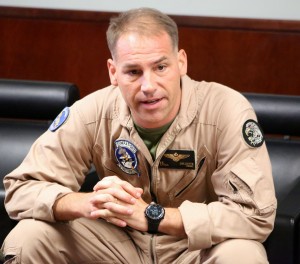
Declaring IOC for the F-35B and Going to Japan: Lt. Col. Gillette Discusses the Approach
The featured photo: Lieutenant Colonel Steve E. Gillette, the Commanding Officer of Marine Fighter Attack Squadron 121 based out of Marine Corps Air Station Yuma, Ariz., shows his squadron’s F-35B hangar to Maj. Gen. Juan G. Ayala, the Commander of Marine Corps Installations Command, Tuesday. VMFA-121 is the first operational F-35 squadron in the Marine Corps and the Department of Defense. Yuma, Arizona, December 3, 2013.


